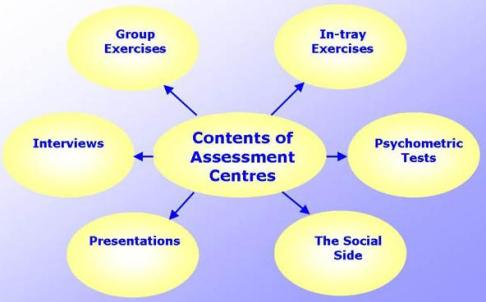BioEmployablity and Enterprise undertook a workshop today in a bid to mimic a real-life assessment centre.
To keep things as real as possible, the students were not informed of the content of the workshop before turning up.
The students turned up to PJ Hall to see blocks of tables spread out throughout the room, where they then sat down. They were then asked to perform a series of tasks.
To mimic a real-life scenario the students were told that they were competing for a chance to meet Bangor alumni, Ross Piper, who works on documentaries with the BBC.

The Tasks
The students had to line up alphabetically by first name without talking to each other.
One of the coordinators then walked round and assigned everyone a number from 1-19. These corresponded to a table number, designed to group random people together.
Interviews
Mock interviews then took place, where student’s role-played as different positions. Each member of the group took turns partaking as different roles. Everyone got interviewed.
Positions included time-keeper, interviewer, interviewee, and scribe.
The groups, after giving feedback to those being interviewed, then decided who the best interviewee was.

Psychometric Testing
Individuals then took a psychometric test to determine what sort of person they were in the workplace, what sort of environment they would be best suited for, and who they would work better with.
Results ranged from chair to plant; someone with strong leadership skills to someone who listens and offers advise of their own.
The emails
Each group was then given a series of ‘fake’ emails and told they had to pick the top three and organise them in order of importance.
A spokesperson of the group then stood at the front of the hall and read their top three emails, including the reasons why the group considered them to be of high importance.
There were no correct answers to this task, however most groups had the same top two emails, whereas the third choice varied based on personal opinion.
Explanations
It was then explained to the cohort that the people who were picked best at interviews, and then stood up to present the group’s thoughts on the last task were the ones who would be meeting with Ross Piper.
After letting the student’s know how they were assessed, in terms of engagement, enthusiasm and overall contribution, they were dismissed.
Conclusions
Although the workshop was valuable to understanding the sorts of tasks which may occur during an assessment centre, and helped me to feel more prepared in case I get invited to one, it felt as though we were a lot more unprepared than we would be in a real-life scenario.
4 hours without a break is unrealistic, especially when we weren’t told it was 4 hours and most of us had no food.
When I left for coffee and returned to see people standing at the front, I felt penalised for getting a drink.
I also felt like people who have anxiety were penalised for that, as although I was chosen from the interview section, I would not have voluntarily stood at the front without having a panic attack from the public speaking, which meant that I would never have had the chance to meet Ross Piper.
Overall, although I feel more prepared for any future assessment centres and interviews, I’m also more inclined to think that I will penalised for my mental health in the future.

Pingback: Thoughts of a tired blogger – Herpeton Travels